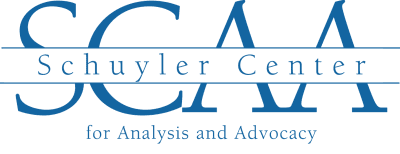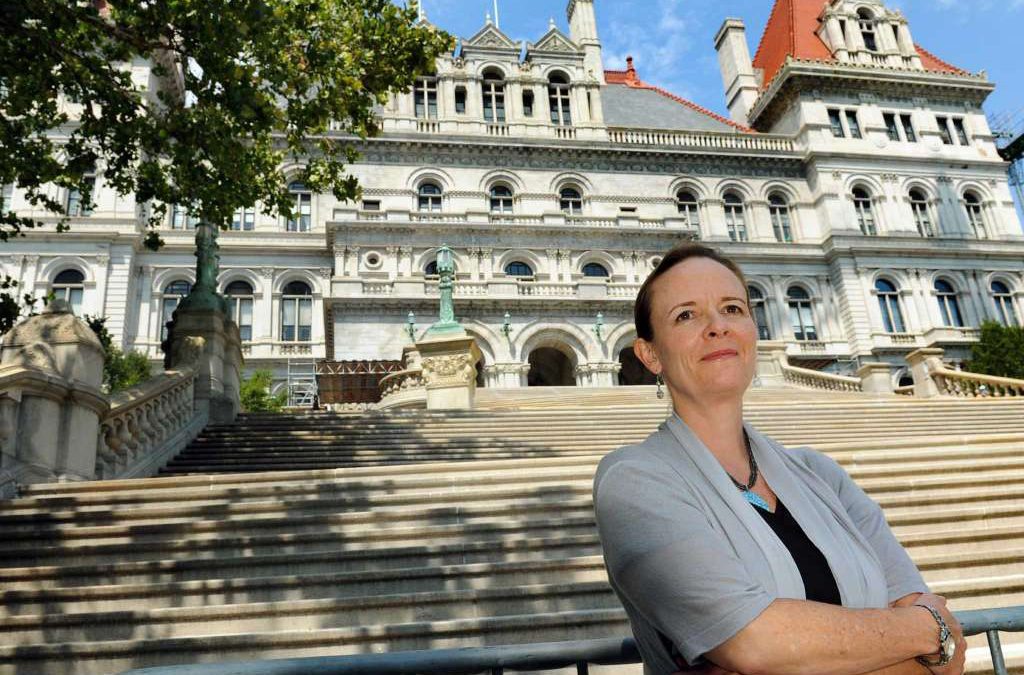There are 6,709 registered lobbyists in New York State, all working to influence public policy. Our policy team at Schuyler Center is among them, part of a tiny fraction of the lobbying community pressing for public policy benefiting young children living in families facing adversity. Our challenge every day is gaining lawmakers’ attention through the clamor. We are, and we are always seeking partners.
Public policy has a significant impact on people; families; neighborhoods; and how we live, grow, and age. It can have a particular impact – good and bad – on people at the margins. Public policy determines our tax rate, how schools, public health, and child care are funded, and where – and whether – public transportation and public infrastructure are developed and maintained.
Public policy has explicit and articulated outcomes and frequently has unintended consequences.
Public policy directly affects the opportunities we have and the distribution of resources to individuals and communities.
Public policy can make the ground fertile for opportunity, and it can contribute to its desolation.
Since 1872, Schuyler Center for Analysis and Advocacy has advanced policies to improve opportunity for New York families and improve child well-being so all New York children have a fair chance to thrive. We analyze the data. We examine the impacts of past and current policies and programs. And we work with community-based partners to understand on-the-ground impacts of policies. Our priorities for 2019, as in the past, focus on strengthening families before they experience crises or trauma and preventing hardships like ill-health, economic insecurity, child welfare involvement, or encounters with juvenile justice. Another overarching priority: ensuring comprehensive and strategic investment in our youngest New Yorkers, ages 0 to 3, when their brains and bodies are most rapidly developing, with impacts that can last a lifetime.
New York State boasts the 14th strongest economy in the nation, yet we rank 31st in overall child well-being.1,2 With the economy humming and unemployment at record lows, there is simply no excuse for a child poverty level that exceeds 20% overall, and 30% among children of color. It is well established that policies that shelter young children from harm and deprivation, and nurture solid developmental and educational foundations, have among the best returns on investment.
We welcome New York’s leaders’ pledge to create an equitable, welcoming New York in 2019. Essential to fulfilling that pledge is placing the well-being of our children and families at the very center of their policy agendas.
Kate Breslin
President & CEO
_______
1Andy Kierscz, Every US State Economy Ranked from Best to Worst. Business Insider. (March 15, 2018). https://www.businessinsider.com/state-economy-ranking-q1-2018-2;
2 Kids Count Data Center: A Project of the The Annie E. Casey Foundation. New York: Kids Count Overall Rank. (2018). https://datacenter.kidscount.org/data/tables/9981-kids-count-overall-rank?loc=34&loct=2#detailed/2/34/false/37/any/19338;[/vc_column_text]


Recent Comments